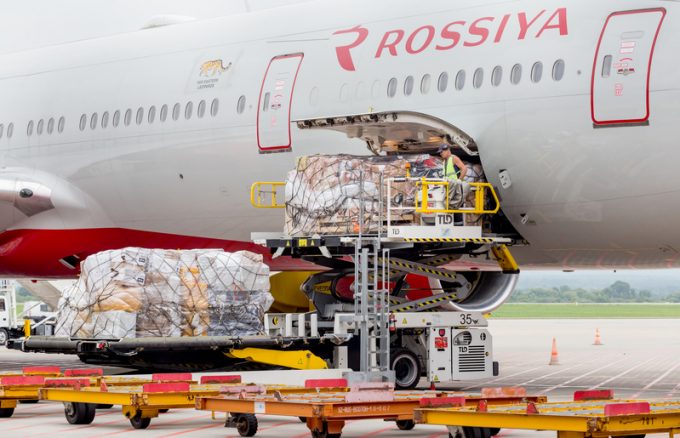Russian trade and the challenge of logistics bottlenecks created by sanctions
Georgia Georgian container terminals at Poti and Batumi, situated on the east coast of the Black ...

Having produced decent results in the first half of the year, the Russian airfreight segment is likely to keep gradually regaining its pre-crisis position, according to local operators and experts.
“By the end of the year, the share of cargo traffic in Russia’s air transport volume will increase by 8% to 13%,” said Aleksey Tuzov, a Moscow-based transport expert.
“The revenues generated by the freight sector may well reach $152bn, or a third of the overall earnings of our air carriers,” he ...
Trump tariffs see hundreds of cancelled container bookings a day from Asia
'Disastrous' DSV-Schenker merger would 'disrupt European haulage market'
'To ship or not to ship', the question for US importers amid tariff uncertainty
'Chaos after chaos' coming from de minimis changes and more tariffs
List of blanked transpac sailings grows as trade war heats up and demand cools
EC approves DSV takeover of DB Schenker
Shippers in Asia restart ocean shipment bookings – but not from China
Forto 'sharpens commercial priorities' as it lays off one-third of staff
India withdraws access for Bangladesh transhipments, in 'very harmful' decision
'Tariff hell' leaves industries in limbo – 'not a great environment to plan'
IndiGo fleet expansion plan will include a major push to boost cargo volumes
Pre-tariff rush of goods from US to China sees air rates soar, but not for long


Comment on this article